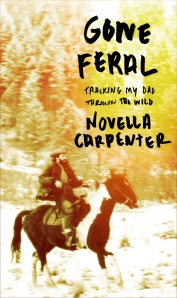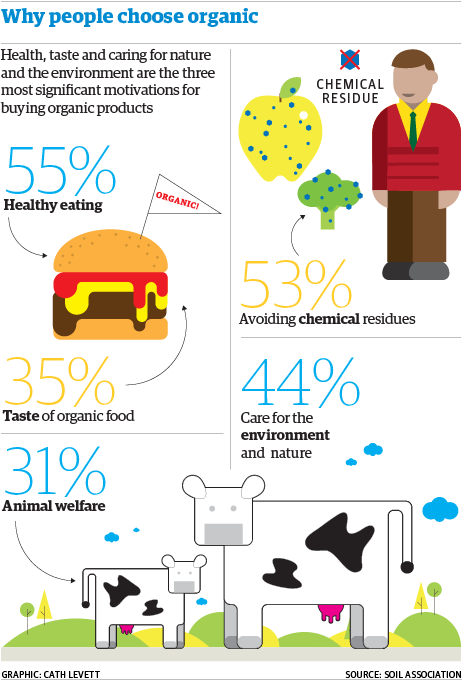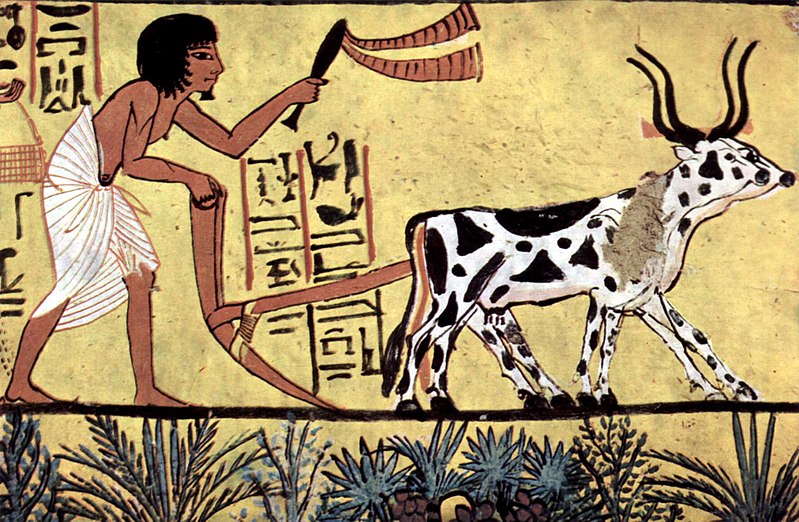[Is] one of the most unique non-fiction series in Canadian publishing. The books in this collection are meant to be literary, critical and cultural studies that are provocative, passionate and populist in nature. The goal is to encourage debate and help facilitate change whenever and wherever possible. Books in this uniquely packaged, hardcover series are perfect for general readers, academic markets and book lovers.
Paperback size but hard-covered, well designed, and engagingly written (and timely), the first half of this book looks at the Alberta flood of 2013 which took out houses from Canmore to High River. The second half of the book looks at the flooding, three weeks later, of the flooding in and around the greater Toronto area.
The differences between the two floods are as instructive as the similarities. In Calgary, Mayor Nenshi moved quickly into action, becoming the public face of the official reaction to the flood, co-ordinating the response, but generally staying out of the way of those doing the emergency work. Toronto had Mayor Rob Ford.
In Alberta, the provincial government failed pretty much completely in their duties. Alberta has had the same party in power for some 40+ years, the Progressive Conservatives. This means that there has been an unbroken continuity in governance. So when provincial government officials claimed that a flood of this magnitude could not have been predicted, they knew they were lying. Flooding of this scope had been predicted as early as 1979 and had almost occurred in 2005--both times on the same party’s watch. This same government had commissioned, in partnership with the City of Calgary, a report of the flood potential of the Bow and Elbow rivers that was completed and submitted in 2012, a year before the flood. The report pointed out that development in the floodplain had the effect of restricting the space in which water could move and would slow floodwaters down, ensuring higher flood levels. The report also noted that a flood reaching Calgary would result in unprecedented damage. Alberta government officials also claimed that the flood was a “once in a thousand year” event that no-one could have anticipated. Calculations by John Pomeroy and his team (most of whom had been on-site in Canmore during the rains that led to the flooding) released their calculations in November 2013 that showed the rain event was not only not a thousand year event, but not even a once a century event. Rather it was a once-in-45-year event. So not even a once in a lifetime event, but an event that should have been planned for. Government had just failed in it’s duty to prepare for it. In a later interview in the Calgary Herald, Pomeroy was quoted as saying that the Alberta government response to the flood “was reminiscent of what you would expect in a developing country.”
Three weeks later, a weather system dropped 100 mm of rain on Toronto in about two hours (exceeding the 50+ year old record for same day rainfall). The city’s systems were overwhelmed, with more than a million cubic metres of raw sewage ending up in Lake Ontario. 37 of 69 transit stations were without service, stranding some 1,400 passengers for three hours, and left 300,000 residents without power and caused major flight delays. Eventually there were $940 million in private damage claims and some $60 million in damage to the City of Toronto (about $55 million of which was not covered by insurance).
But where Alberta’s government had abdicated their responsibility and worked hard only on a cover-up of what they knew and when, Ontario had already been working towards a better infrastructure response. That response was clearly not in place during July of 2013, but work has been underway for several years.
One example is that Toronto (and other municipalities) had made downspout disconnection from the sewer system mandatory. Diverting this flow to lawns reduces the infiltration rate of rainwater, easing the strain on storm drains and reducing the likelihood of basement flooding. Floodplain mapping, ignored for 20 years in Alberta, has been updated in the last decade in Ontario, helping municipalities plan development. And while Toronto’s infrastructure replacement from 50’s standards to something more reflective of today and tomorrow’s requirements will cost multi-billions of dollars, there is a programme in place to make the necessary changes.
While the authors focus on the particular (in this case, their respective floods), they don't fail to notice the larger implications of the extreme weather events. Mention is made of both Siberia and Colorado experiencing extreme dry weather, wildfires, and then extreme rainfall, all in the same season. This kind of roller-coaster is going to batter, if not destroy, our economy. Our personal, local, and national planning is going to have to take into account the possibility of multiple extreme weather events arriving one after the other over short periods of time. Which is going to beat the hell out of our agricultural system.
Toronto’s response is far from perfect, or even timely enough, but at least there is some sort of planning and response for a climate-changed world going on. The authors of Flood Forecast are not sanguine about the response to flood events in either locale, particularly in the face of growing climate severity. But they are willing to give credit where credit is due. Their book is short, pointed, and very readable, and as such is an important contribution to the necessary civic dialogue now taking place around climate change.















